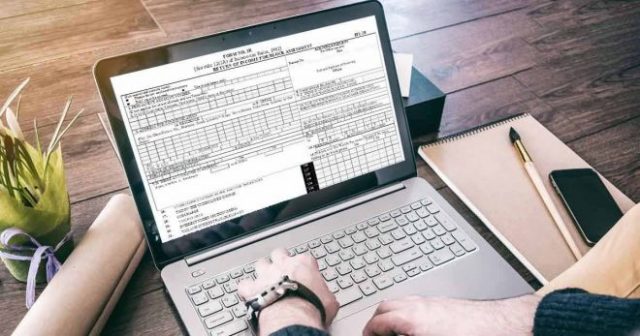Question: The Income Tax Department has recently notified the new Income Tax Return forms applicable for Financial Year 2023-24 (Assessment Year 2024-25). Accordingly, kindly highlight the changes made in the new forms vis-à-vis the old forms.
Answer given by Dr Suresh Surana, Founder, RSM India: The new ITR Form 1 (Sahaj) – (Applicable for Salaried Taxpayers) and Form 4 (Sugam) – (Applicable for Taxpayers availing Presumptive Taxation) notified by the Income Tax Department via Notification No. 105/2023 dated 22nd December 2023 applicable for AY 2024-25 consist of the following changes:
(i) With effect from AY 2024-25, the concessional tax regime has been made the default tax regime and taxpayers with business income who has exercised the above option of shifting out of the concessional tax regime shall be able to exercise the option of opting back to the said regime only once, whereas individuals, HUFs, AOPs and BOIs, with no business income, will have an option to opt for the old tax regime for every financial year.
Taxpayers filing ITR-1 will be required to indicate their choice of the tax regime in the return of income, and taxpayers filing ITR-4 will be required to furnish Form 10-IEA in order to opt for the concessional tax regime or withdrawal of such option i.e. opting out of the old tax regime.
Read More: Missed December 31 ITR deadline? Here’s what you can do to file IT returns
(ii) Section 80CCH of the I-T Act, inserted vide Finance Act 2023, enables individuals who have enrolled in the Agnipath Scheme on or after 1st November 2022 to claim a deduction of an amount equal to the contributions made to the Agniveer Corpus Fund.
Accordingly, a new column 80CCH has been inserted in Part C- Deductions and Taxable Total Income of ITR-1 and ITR-4.
Read More: Income Tax Returns: Who Should File ITR-2? Explained
(iii) The Finance Act 2023 amended section 44AD of the IT Act and increased the threshold limit of turnover/ gross receipts in case of resident individuals, HUFs and partnerships firms (other than LLPs) carrying on eligible businesses from Rs 2 crores to Rs 3 crores provided that the turnover / gross receipts received in cash does not exceed 5% of the total turnover / gross receipts.
Similarly, the threshold limit of gross receipts u/s Section 44ADA of the IT Act is also increased from Rs 50 lakh to Rs 75 lakh provided the gross receipts received in cash does not exceed 5% of the total gross receipts.
In context of the above, the “Receipts in Cash” row has been added to ITR-4 to be specified wherein the taxpayer claims an enhanced turnover limit.





































